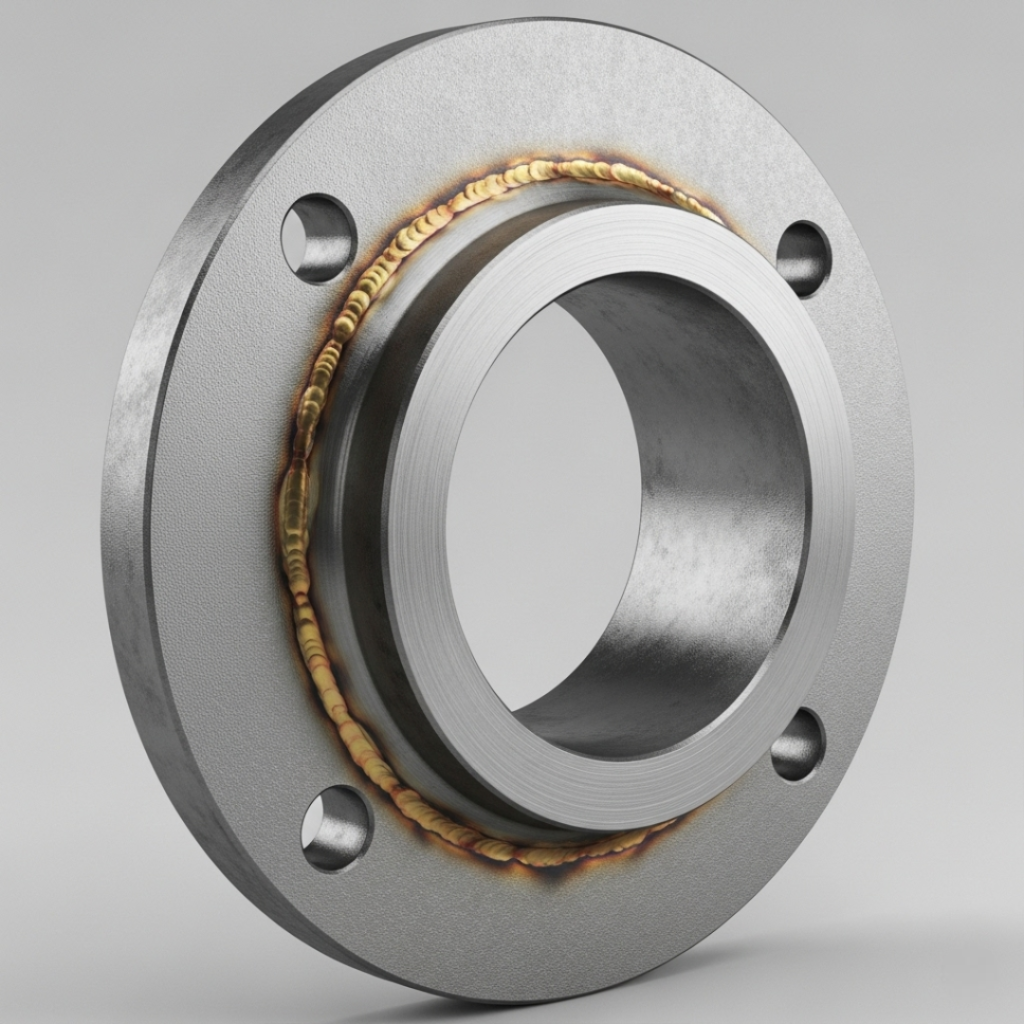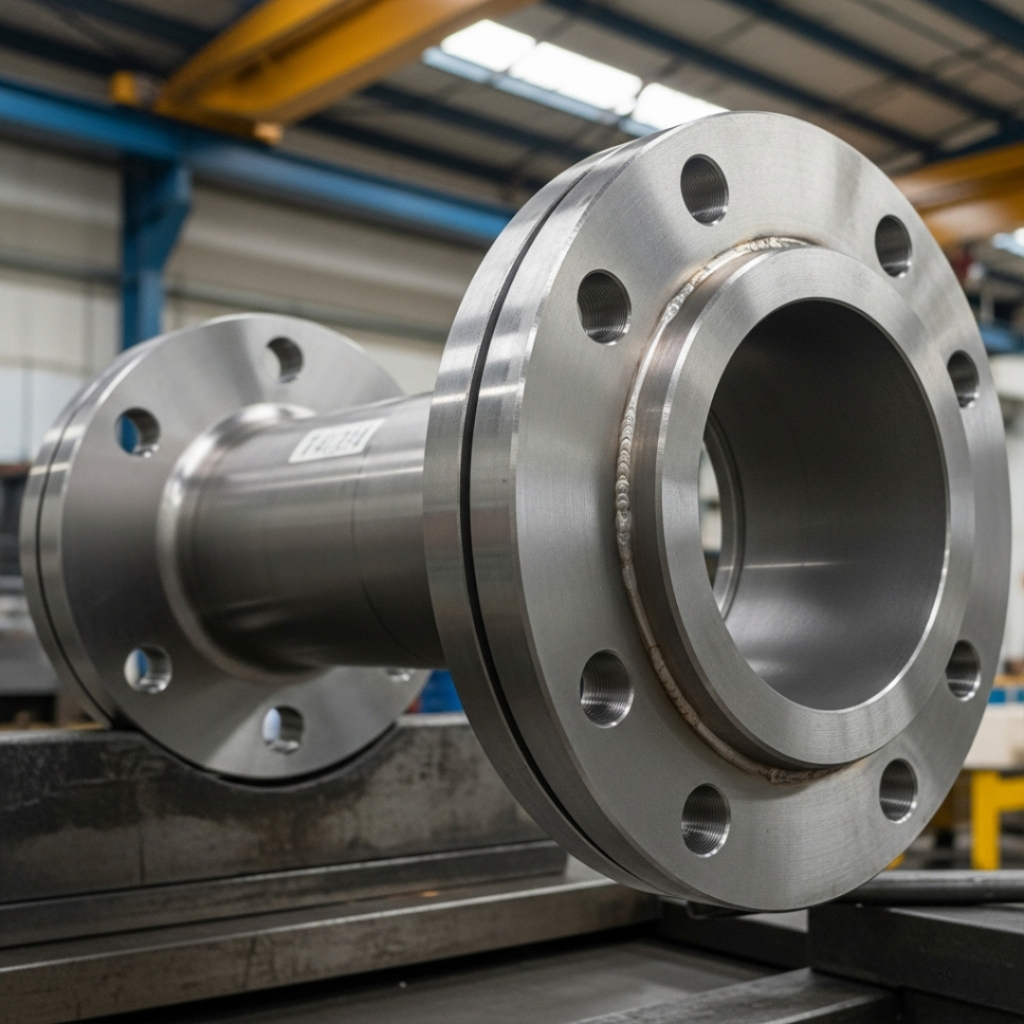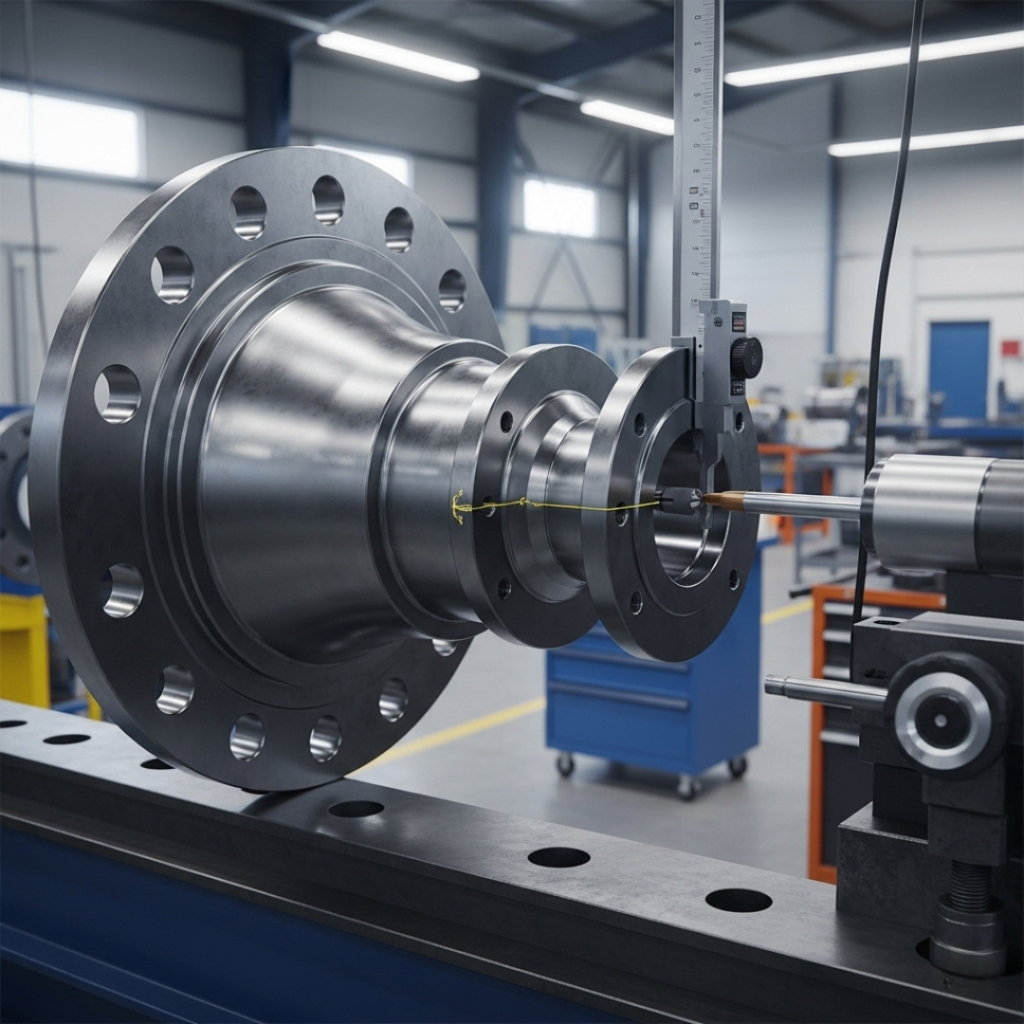What Is a Weld Neck Flange? Everything You Need to Know
If you’re working in industries such as oil and gas, petrochemicals, power generation, or even water treatment, you’ve likely come across the term weld neck flange. But exactly what is a weld neck flange, and why is it considered one of the most reliable flange types in high-stress applications? In this comprehensive guide, we’ll explain everything you need to know about weld neck flanges from their design and functionality to their uses, benefits, and installation.
What Is a Weld Neck Flange?
A weld neck flange (WN flange) is a type of flange that features a long, tapered hub which gradually merges into the pipe or fitting. This unique design provides structural reinforcement and helps distribute mechanical stress more evenly between the pipe and the flange. The tapered neck also makes it easier to align the flange with the pipe during welding, ensuring a smooth, continuous connection.
Unlike other types of flanges that use bolts or threads, a weld neck flange is attached to a pipe using a butt-weld, which creates a high-integrity, leak-resistant joint. This makes it especially suitable for high-pressure, high-temperature, and hazardous fluid applications where safety and durability are critical.
Key Characteristics
- Tapered Hub Design: Gradually transitions from the flange to the pipe diameter, which reduces stress concentration and improves performance under load.
- Butt-Welded Joint: Offers strong, permanent connections ideal for high-stress environments.
- Raised Face (RF) or Ring-Type Joint (RTJ): Common flange faces that ensure effective sealing.
- Various Pressure Ratings: Available in ANSI classes ranging from 150 to 2500, suitable for everything from low-pressure to extreme service.
Types of Weld Neck Flanges
There are several types of weld neck flanges, each suited to different applications:
1. Standard Weld Neck Flange: The most widely used type in process piping systems.

2. Long Weld Neck Flange (LWN): Extended hub, commonly used in pressure vessels and tanks instead of regular piping.

3. Reducing Weld Neck Flange: Designed to connect pipes of differing diameters, functioning as both a flange and reducer.

Common Materials Used
Weld neck flanges are manufactured in a wide range of materials to suit different environments and fluid types:
- Carbon Steel – Cost-effective and strong for general applications
- Stainless Steel – Corrosion-resistant and ideal for harsh environments
- Alloy Steel – Used in high-temperature and high-strength systems
- Duplex/Super Duplex Stainless Steel – Excellent corrosion and stress resistance
- Nickel Alloys – For extremely corrosive or high-temperature media
Material selection should always be based on temperature, pressure, and media compatibility.
Advantages of Weld Neck Flanges
There are several reasons why weld neck flanges are the go-to choice for engineers and designers:
- High Structural Integrity – The butt-weld joint creates a robust, permanent connection
- Leak Resistance – Especially critical for hazardous or pressurized fluids
- Stress Distribution – The tapered hub spreads stress, preventing localized failure
- Durability – Designed to withstand harsh conditions over a long lifespan
- Smooth Flow – No abrupt changes in internal diameter, reducing turbulence
These qualities make weld neck flanges ideal for mission-critical systems.
Common Applications
Due to their high reliability and strength, weld neck flanges are used in:
- Oil and gas pipelines
- Petrochemical plants
- Offshore rigs and refineries
- Power generation stations
- High-pressure steam lines
- Shipbuilding and marine engineering
- Water treatment and desalination facilities
Installation Guidelines
Proper installation is key to maximizing the performance of a weld neck flange. It involves aligning the flange with the pipe and performing a precise butt weld. After welding, the joint should undergo inspection using non-destructive testing (NDT) methods such as ultrasonic or radiographic testing to ensure weld quality and joint integrity.
So, what is a weld neck flange? It’s a high-performance pipe flange designed for strength, stability, and leak-proof connections in demanding applications. Its tapered hub and butt-weld connection allow it to handle extreme pressure and temperature conditions, making it a reliable choice for industries that can’t afford to compromise on safety or performance.
If you’re looking for high-quality weld neck flanges backed by engineering expertise, CRC Wellhead is your trusted partner in delivering durable and performance-tested equipment for the energy sector and beyond.
